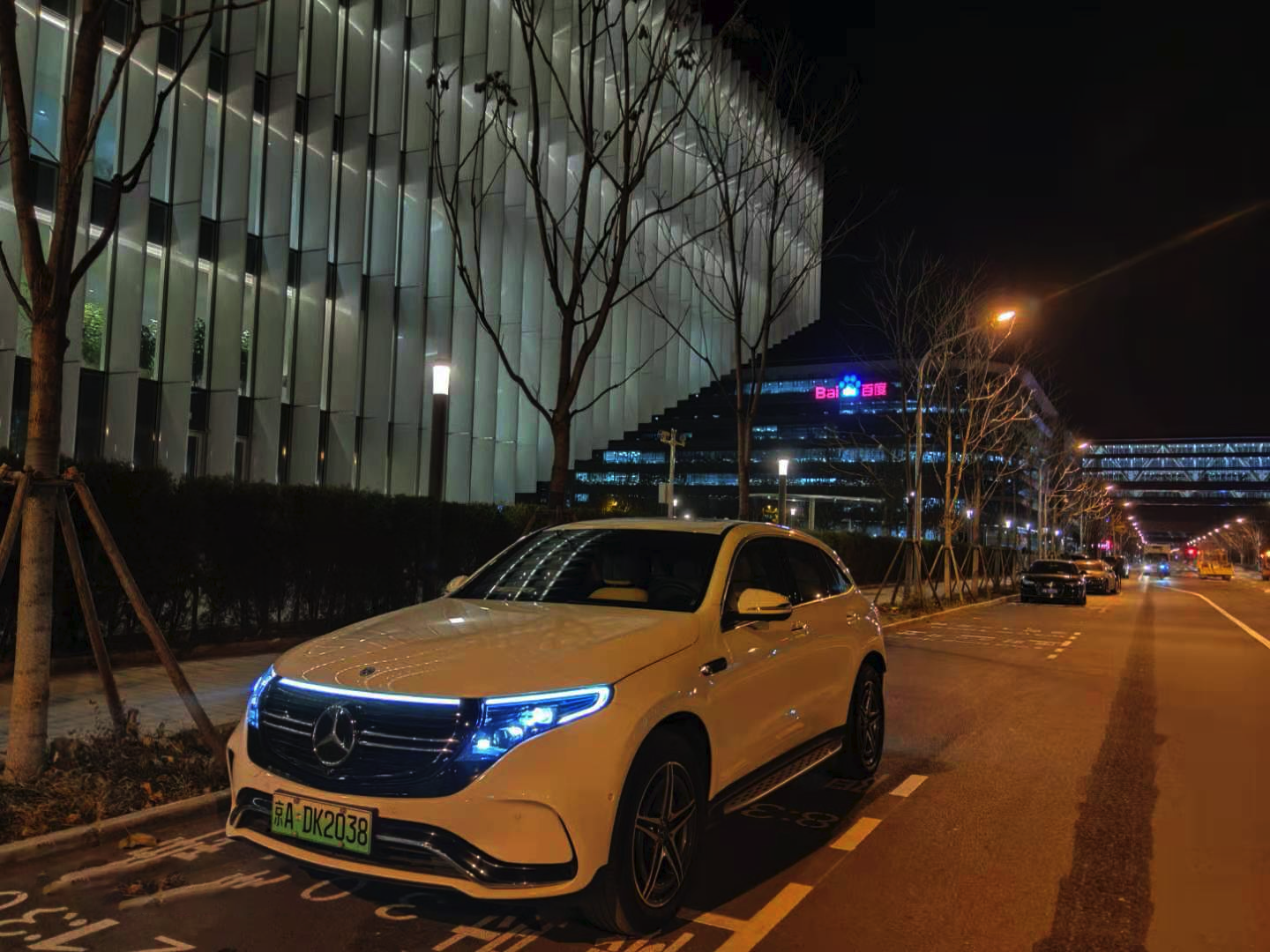Position statement: This is a test drive event organized by Garage 42 to experience the electric car, and the test vehicle is the Mercedes EQC 400 with four days of use provided by Mercedes Official.
Hello everyone, I am a middle-aged 84-year-old man and I work as a project manager for AIOT products at a mobile phone + smart hardware company. I used to receive an offer as an editor for a car magazine in my younger days, and although I am not a senior or professional car enthusiast, my age gives me an advantage, and I have driven many cars over the years. My current car is a Volvo V60.
Everyone has a different understanding of their feelings towards a car. Here, I want to say that my experiences with the Mercedes EQC may not be necessarily right, but what you say is definitely right.
Regarding a car, the most important aspects for me are the exterior, driving feel, comfort and interior, safety, and brand value. If it is a new energy vehicle, then battery life is also a key consideration. Below, I will introduce the Mercedes EQC from these aspects.
Exterior
Before, my understanding of the exterior of the Mercedes EQC was mostly from the GLC. I always thought it was a product that simply changed from gasoline to electric. However, I want to say that regardless of whether it is like that or not, the Mercedes design and research team has put a lot of effort into this car.
The front and rear of the car have both been redesigned, with LED daytime running lights and 19-inch AMG-style double five-spoke wheels. Its length, width, and height are 4774 * 1923 * 1622, while the GLC is 4764 * 1898 * 1642. Compared to the GLC, the entire car looks more full, creating a kind of exclusive sense of majesty. The tail of the car is more streamlined, with a smaller rear window area. It’s not exaggerating to say that the car’s overall form on the road has a different sense of presence than the GLC, more like a GLE couple. Although the EQC can obviously distinguish itself from traditional fuel cars, it has not deviated from the design language of the Mercedes brand, and luxury and elegance remain its main themes.When I was at the charging station, I encountered an unmasked Audi e-tron parked next to my EQC, and we compared the two cars. The Audi’s design is more youthful and sporty, while the Mercedes-Benz is more mature and high-end. I believe that in the future new energy market, EQC, BMW iX3 and e-tron will be a battle of luxury brands.
About Handling
I used to have a negative impression of new energy vehicles, possibly due to my experience with new energy ride-hailing services. The exaggerated acceleration and nonlinear braking made me headache every time I took a ride-hailing service.
Until I drove a BMW i3 for the first time, the steering was precise and the acceleration was agile, which changed my perception. Then, when the Polestar 2 was launched, I was amazed by its handling, which was on par with Volvo despite being a midsize SUV.
This Mercedes-Benz EQC has deepened my admiration for traditional giants. The chassis tuning is very solid, compact and comfortable, and it filters out bumps well when navigating uneven roads, while conveying clear road feel.
The direction and resistance of the steering wheel are precise, and lane changes are seamless without any hesitation. The noise, vibration, and harshness (NVH) level of the entire vehicle is also first-class.
Today, most car manufacturers rely on component suppliers to produce most of their parts in order to play to their strengths. As a result, component suppliers inevitably encounter NVH problems. However, traditional car manufacturers such as Mercedes-Benz have a large and high-quality supply chain worldwide. During the design phase, their design teams can carefully consider the relationships between parts and between components and the entire vehicle, achieving a greater than 1 + 1 effect.
These advantages accumulated from systems engineering, research and development, and supply chain are the true trump cards of these traditional car manufacturers, and they are what the emerging Chinese new energy players need to strengthen and accumulate.
About Comfort and Interior
This is where Mercedes-Benz excels. Comfortable leather and suede seats, leg rests for both driver and front passenger, heated seats for the whole vehicle, a delicately gripped steering wheel, luxurious 64-color ambient lighting, a Burmester sound system, a car fragrance system, and a centrally mounted dual-screen liquid crystal display (10.25-inch LCD instrument panel + 10.25-inch center console screen).Regarding the air outlet and central control panel of the EQC, Mercedes-Benz has uniquely designed rose gold color and stitching to prove that this is a Mercedes-Benz.
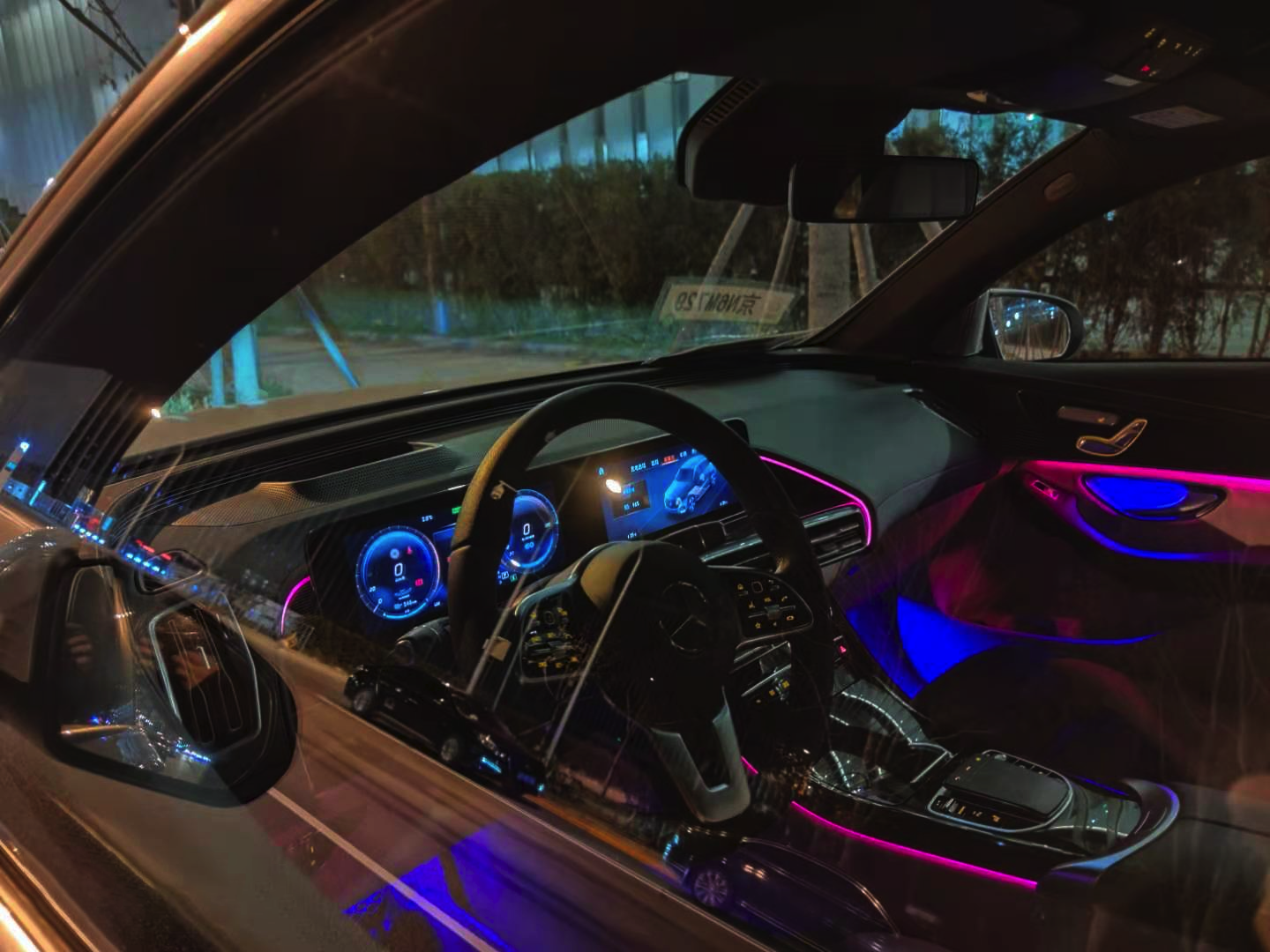
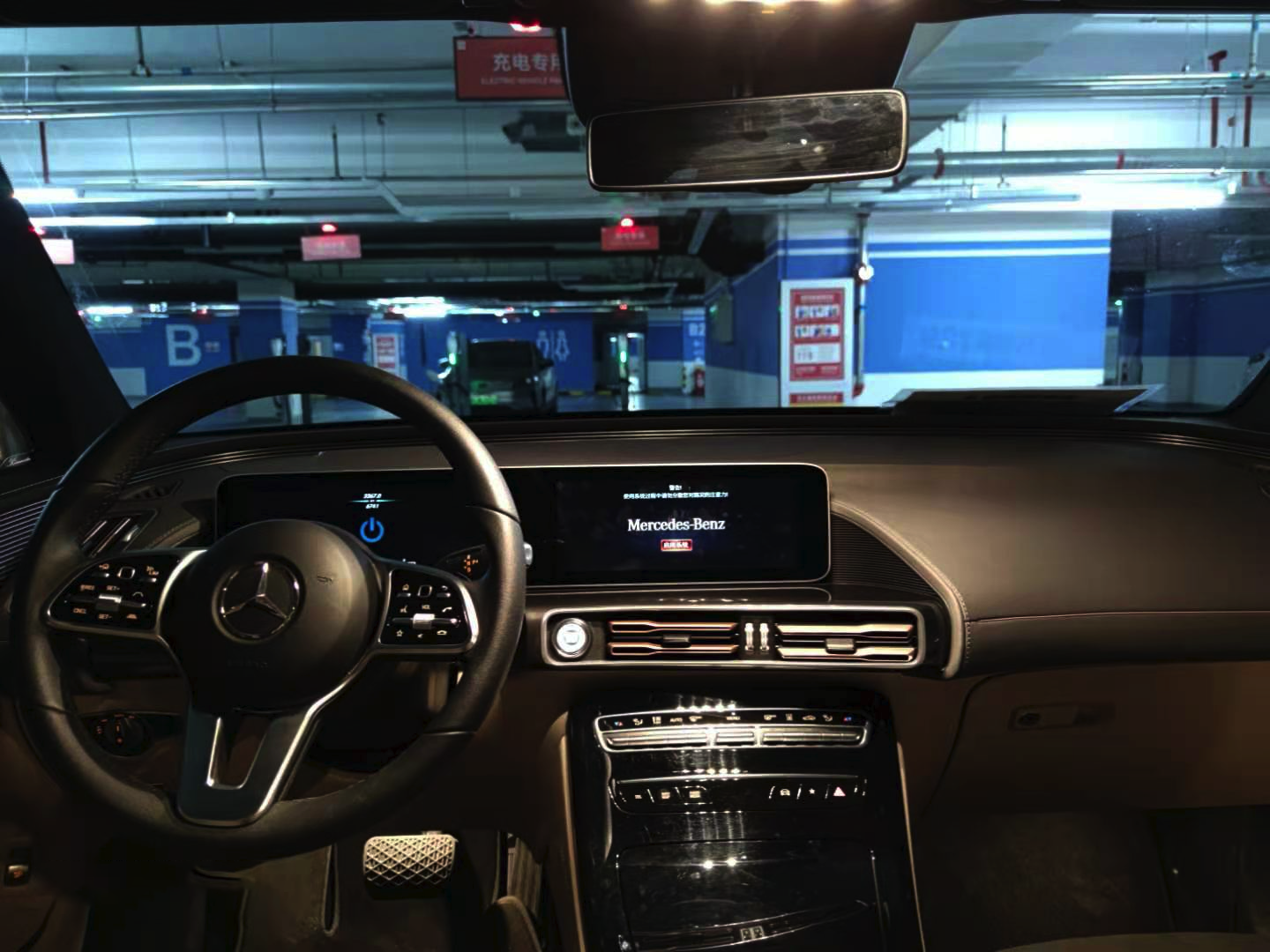
In addition, I want to emphasize that in today’s trend of large touch screens, Mercedes-Benz has also incorporated a touch screen into the central control panel. Through a touch, all operations can be completed on the central control panel.
Mercedes-Benz also retains the touchpad below the central control panel. For all high-frequency operations, Mercedes-Benz also retains all physical buttons. Sometimes, physical buttons are more convenient, safe, and straightforward during operation while driving. I would like to say that if there is enough space for cost and design, physical buttons are also an elegant, convenient, and fast choice.
About safety
As the top-of-the-line model of the EQC, this car is equipped with all L2 level advanced driving assistance systems, including full-speed adaptive cruise control, lane change assist, lane departure warning, lane keeping assist, road traffic recognition, active safety system (active braking), and even real-time navigation and MBUX intelligent human-computer interaction system, which requires an additional 3800 selection.
Regarding the L2 system, this is what I want to test most because as I get older, I am becoming less fond of driving in this city of Beijing. Although L2 is still far from completely replacing manual driving, it is still very helpful on ring roads and highways. When you start L2, you can rest your right foot, which is usually on the accelerator or brake pedal, and your attention does not need to be fixed on the front vehicle.
These days, I experienced four hours of heavy driving each day during the rush hour on Monday and Tuesday. Although it was very crowded and there were many queue-jumping cars, making it impossible to use L2 autonomous driving, it was still possible to turn it on for 50% of the time on the ring road. The comfortable sofa, leg support, heated seats, and Berlin audio system made me feel less tired after four hours of rush hour each day.
It is worth mentioning that one day, when the car in front of me had just started and then immediately stopped (a situation familiar to many of us, known for being very dangerous), the EQC’s active collision prevention system sounded an urgent warning sound. I instinctively stepped on the brake, and at that moment, I could not distinguish whether it was my operation or the system’s operation, but it really avoided a rear-end collision.My Volvo V60 is a 2013 model. In that era, active safety collision prevention was quite rare. It has helped me avoid rear-end collisions at least twice. One time with an Audi A6L and another time with a van. Both times, I was distracted by my phone. Without this active safety feature, I definitely would have rear-ended the other vehicle. So, in my opinion, this feature is really worth having.
Regarding navigation, the navigation system of the EQC is quite user-friendly. It can display real-time traffic congestion information, and it also comes equipped with a HUD and AR enhanced reality. When you need to switch to a different lane on a complicated road, the camera records real-time video of the road and adds arrows to guide you.
Moreover, I found a small tip: the MBUX system of Mercedes-Benz can read your phone’s information. When you receive a text message, it can read the message aloud. Although this is a minor function, it’s obviously designed with safety and convenience in mind. It is just one example of many seemingly insignificant details that contribute to making Mercedes-Benz a trusted brand.
Speaking of new energy vehicles, range is a topic that can’t be ignored. During my test drive of the EQC, the average temperature in Beijing was around -10°C. The range of EQC is only fair. It is equipped with a 79.2 kWh battery and two induction asynchronous motors, which provide a total power of 300 kW and a peak torque of 730 Nm. Although its acceleration is 5.1 seconds per kilometer, the large battery brings a heavy weight of almost 2.5 tons. In NEDC conditions, the range is 415 kilometers. However, during my test drive, when the battery was fully charged, the range displayed was only 260 kilometers. The range is calculated based on the driving environment and driver’s habits. To be honest, the first time I saw this data, I was a bit surprised. I wondered if it was because I had chosen the wrong mode of driving.
Mercedes-Benz has four different driving modes, but when I tried to switch between them, I did not notice any significant difference. Okay, I admit that my driving style has been quite aggressive these past few days. I turned on the seat heaters and air conditioning to quickly warm up the car’s interior. When I drive this nearly 2.5-ton giant, I do not treat it like an SUV.## About the Brand
Mercedes-Benz, the leader in the automotive industry, is known worldwide for its excellence in design and performance. I had the opportunity to visit the Mercedes-Benz museum in Stuttgart, Germany, as well as the BMW museum and Porsche museum in Munich. Each museum provided a different experience.
At the BMW museum, I felt the brand’s dedication to sportiness through its displayed models, including motorcycles.
At the Porsche museum, I gained an understanding of the brand’s dedication to the racetrack.
At the Mercedes-Benz museum, I felt the brand’s understanding of cars through their rich history. Mercedes-Benz doesn’t need to prove anything; its place in the automotive industry is undisputed.
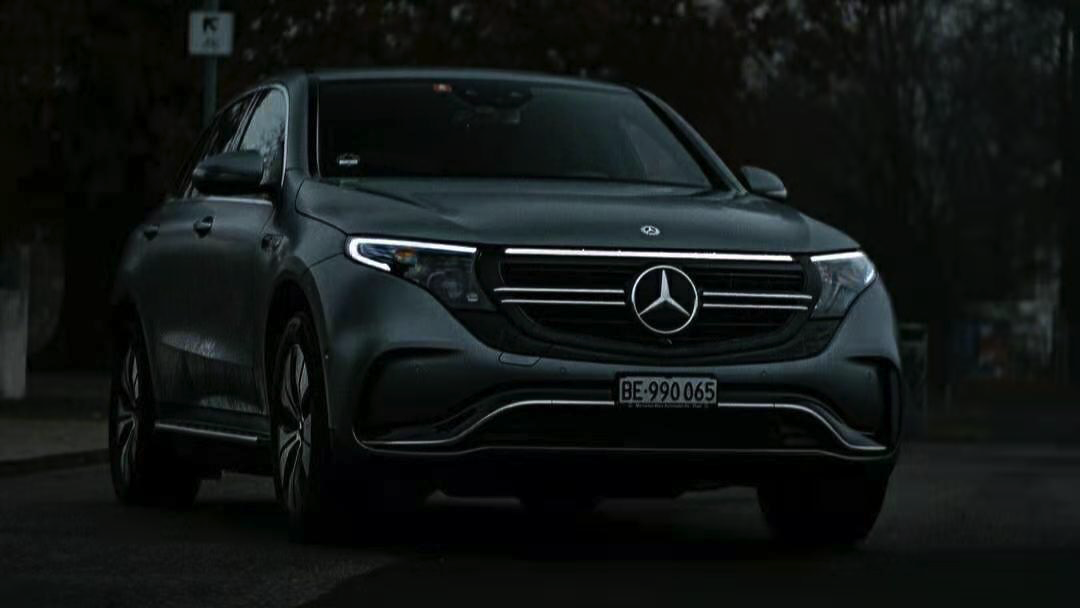
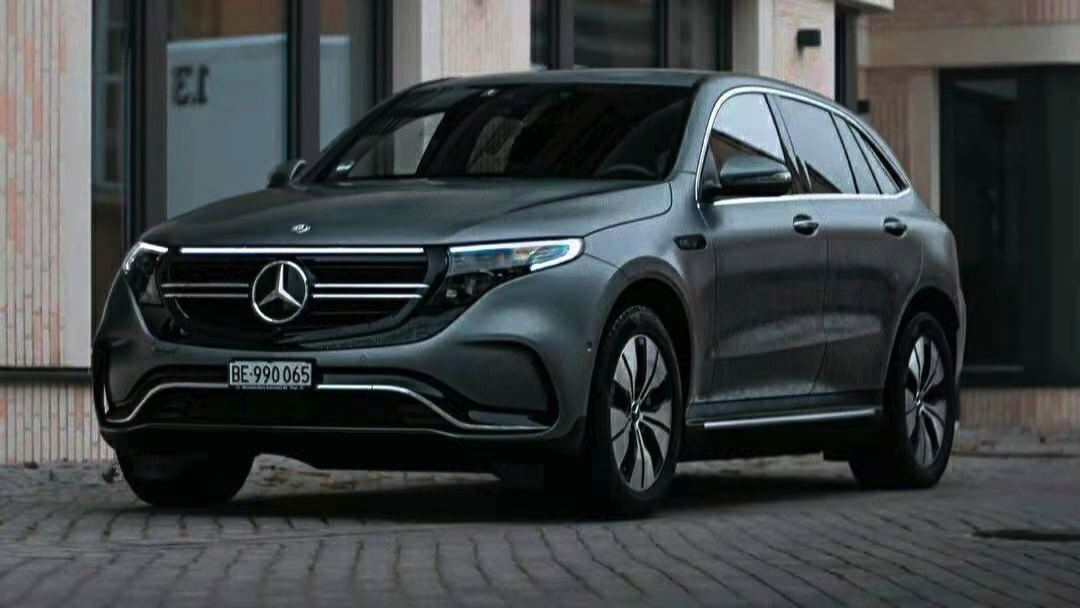
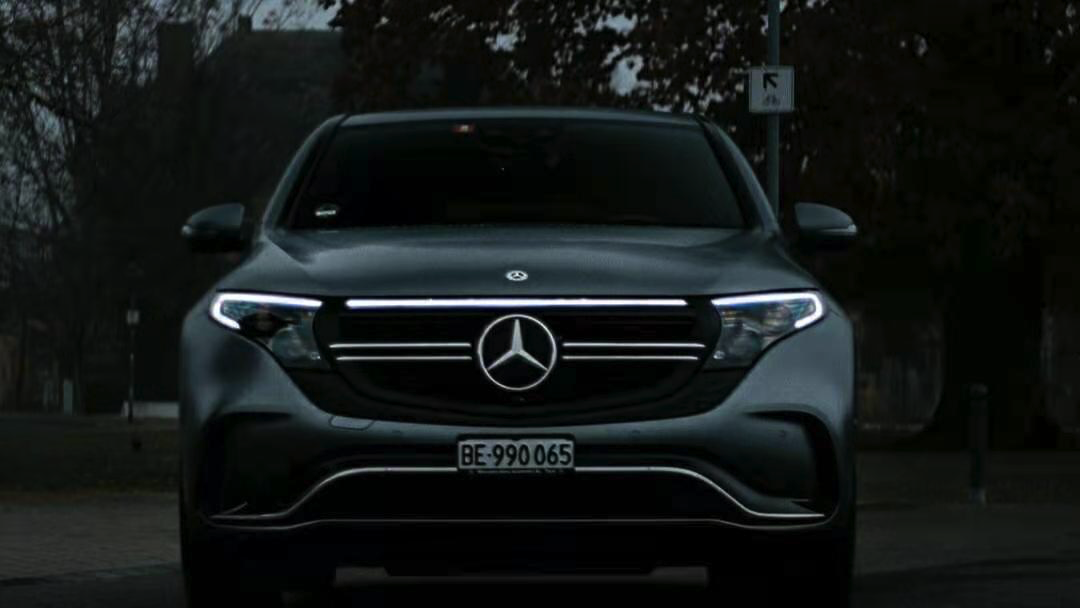
Conclusion
In the era of traditional fuel vehicles, Mercedes-Benz was undoubtedly the leader. Now, in the era of new energy vehicles, the leader remains uncertain.
I have test-driven both the NIO and XPeng P7 and found them to be great vehicles. I never imagined that domestic Chinese brands could make such excellent cars. The battery-swapping technology of NIO and the intelligent cockpit and long-range performance of XPeng P7 have attracted my attention. New upstarts such as NIO and XPeng have put pressure on traditional giants like BMW, Mercedes-Benz, and Audi in the new energy sector.
I am unsure what the future holds, but I believe that traditional luxury brands like Mercedes-Benz can still maintain their dominance in the automotive industry if they accelerate their transformation towards intelligent and autonomous vehicles. Leveraging their accumulated experience and technology from over 100 years in the business, they can continue to write history.
The Mercedes-Benz EQC represents the brand’s foray into the new energy sector. Through the EQC, Mercedes-Benz demonstrates its understanding of new energy and its commitment to innovation. Compared to the transformational works made by some Chinese automakers in recent years, Mercedes-Benz continues to uphold its reputation and brand image. Although the EQC is far from perfect, Mercedes-Benz remains committed to producing quality vehicles that live up to its established reputation.The test drive is over, and I’ve driven back my gas-burning car. However, I will often reminisce about the advantages and details that have been accumulated over the years with the EQC.
I would like to say that if you have a charging station at home or at work and you also pursue quality, safety, tranquility, and comfort, I suggest you consider EQC. It’s like Jason Statham wearing a designer suit, giving you enough security to completely trust that he will take you anywhere.
This article is a translation by ChatGPT of a Chinese report from 42HOW. If you have any questions about it, please email bd@42how.com.
